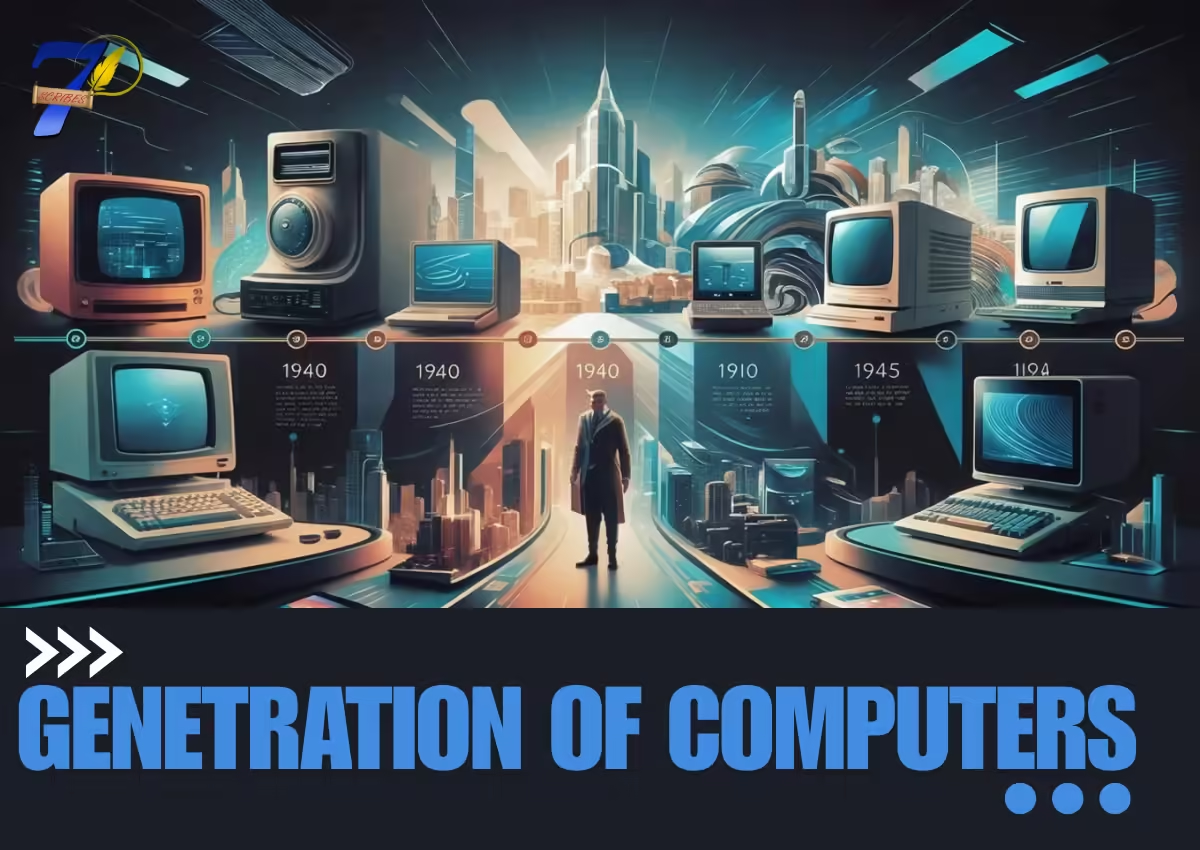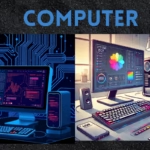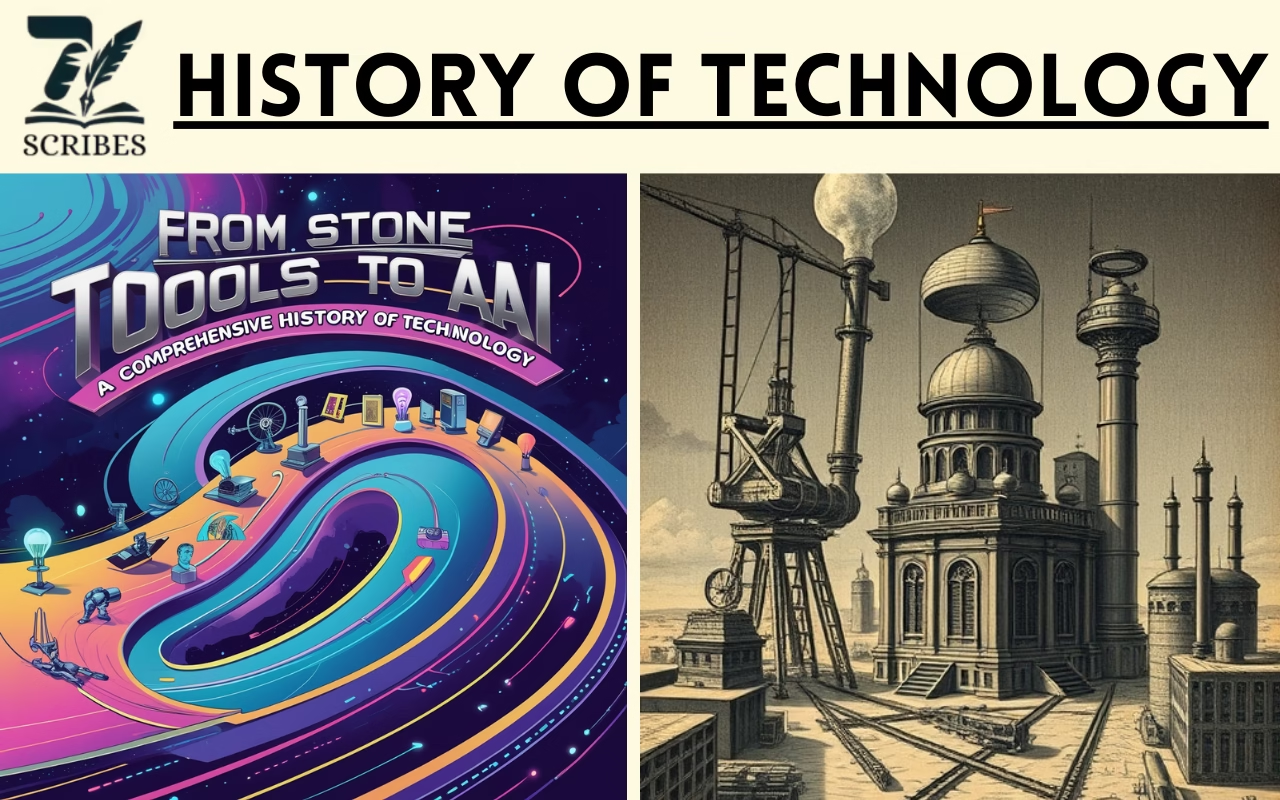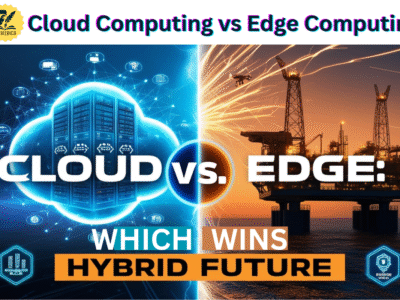In this article, we will discuss the generation of computers. This is present by innate in human nature that they always want better and better in the things they use. Like other things, humans invent computers. But there are a lot of difficulties in using it for this purpose until the term generation of computers is developed. In this article, we will discuss the generation of computers. In the preview article, we discussed the history of computers. Where we discussed who and when the computer was invented.
Everything on earth evolves through ages, like the human development life cycle. Like this, computer technology also evolves from time to time for efficiency, speed, usability, cost, etc. In this article, we will discuss the generation of computers through the ages:
First Generation of Computer: (1940s-1950s)
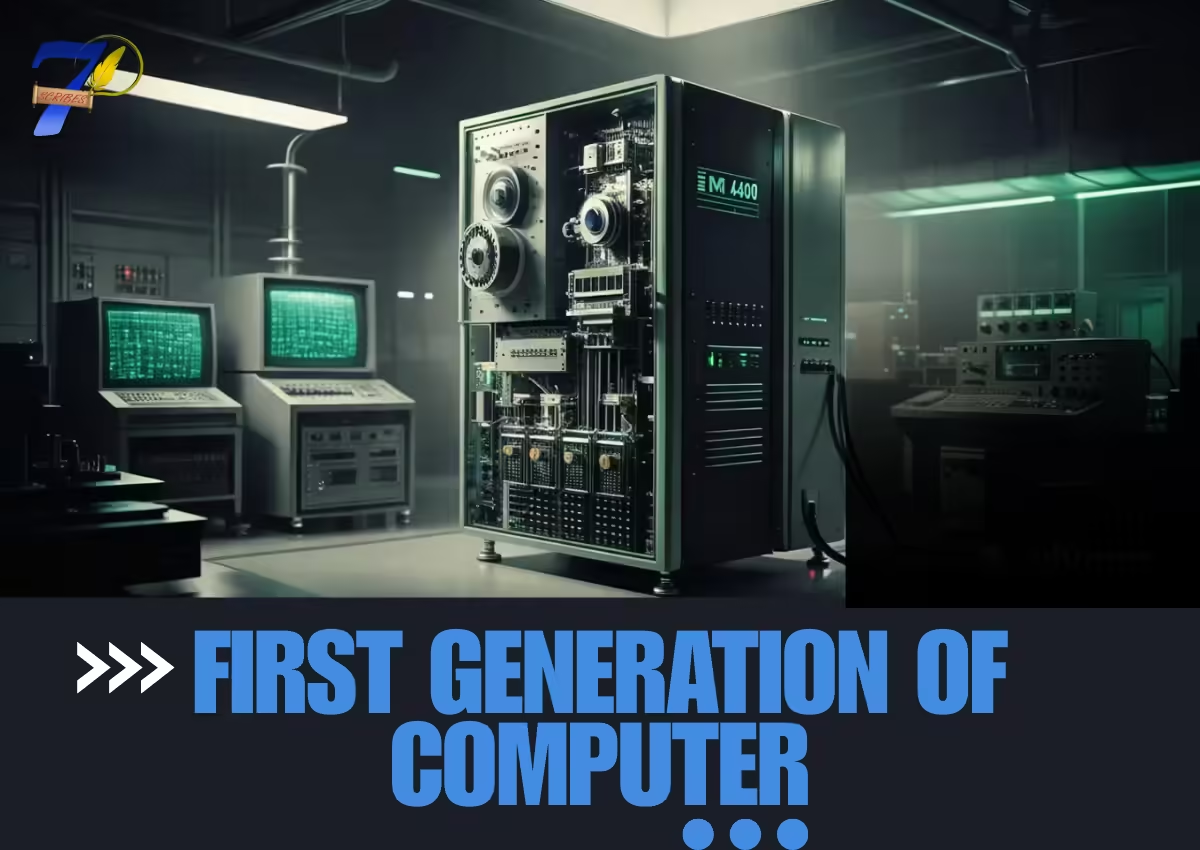
The first generation of computers is composed of vacuum tubes, also known as thermionic valves, to process information. These tubes are heavy, unreliable, and become heated when used.
Advantages:
- This shows early computing capabilities that will help in the future.
- This opens new doors to modern innovations and technology.
Disadvantages:
- It consumes a lot of power.
- It is very expensive.
- The size of the first generation of computers was big and heavy.
- It becomes overheated.
- It has low processing power and speed.
- It is not portable.
- It is difficult to use.
- Languages like machine language are required to interact with it.
- It fits in large rooms.
- It is not reliable.
- It is not for commercial use.
Besides a lot of disadvantages, the first generation of computers laid the foundation of modern computer innovations.
Examples:
- ENIAC: Electronic Numerical Integrator and Computer. Developed by John Mauchly and J. Presper Eckert at the University of Pennsylvania, ENIAC was one of the first electronic general-purpose computers. It was used to calculate artillery firing tables for the U.S. Army.
- UNIVAC-1: The first commercial computer, UNIVAC I, was used by the U.S. Census Bureau and various businesses.
Second Generation of Computer: (1950s-1960s)
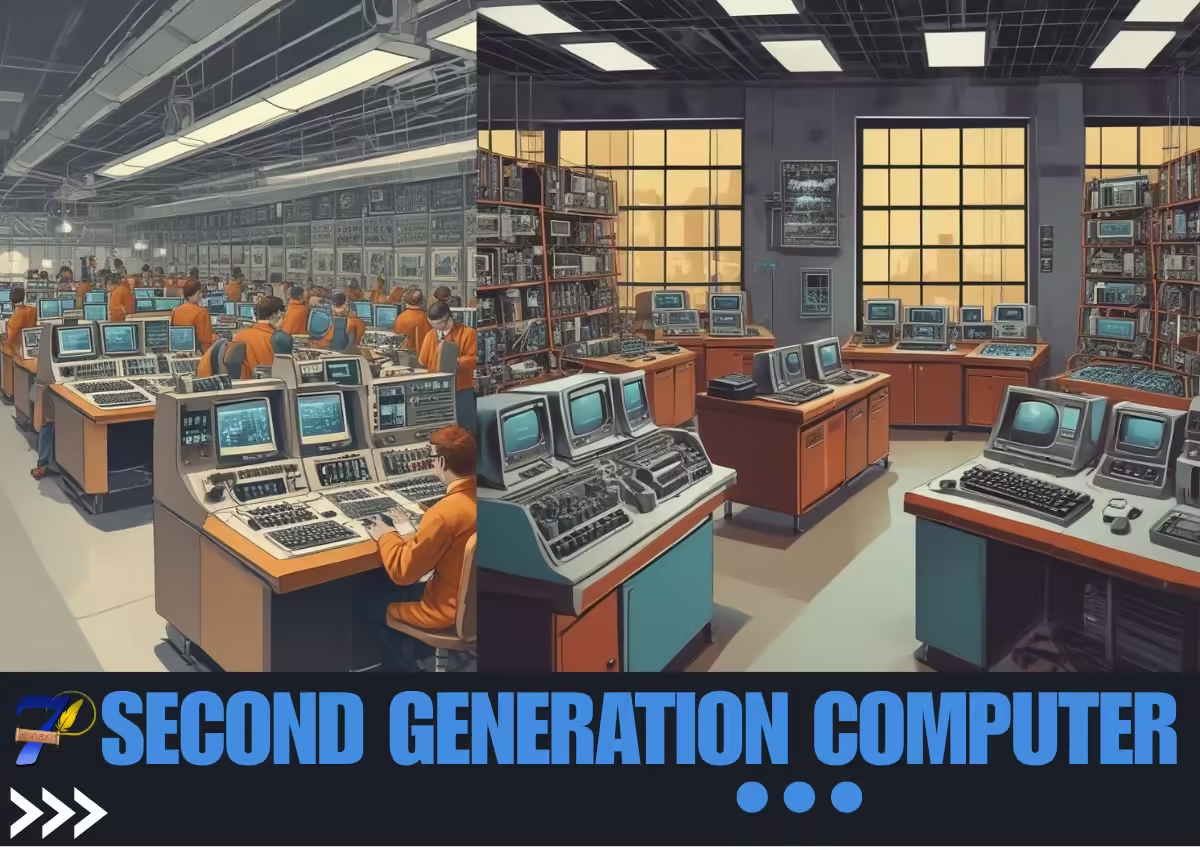
This second generation starts with the use of transistors in computers. It replaces the vacuum tubes. Transistors make computers more reliable, small in size, and efficient in use.
Advantages:
- The new technology (use of transistor) emerged.
- It produced less heat than first-generation computers.
- It was more reliable than the first generation of computers.
- It consumes less power than the first generation.
- It has a higher processing speed.
- It is smaller and lighter as compared to the first generation.
Disadvantages:
- It cannot be used commercially.
- It is still expensive, like the first generation.
- It has still limited processing power.
It makes humans nearer to developing digital computers.
Examples:
- IBM 7094: The IBM 7094 was a popular second-generation mainframe computer used for scientific and engineering calculations.
- CDC 1604: A powerful mainframe computer used for scientific research and military applications.
The Third Generation: (1960s-1970s)
The journey of the third generation begins with the development of integrated circuits, also called IC chips. These chips are made of silicon and combine multiple transistors and components into a single chip. This makes the computer very small, fast, and reliable.
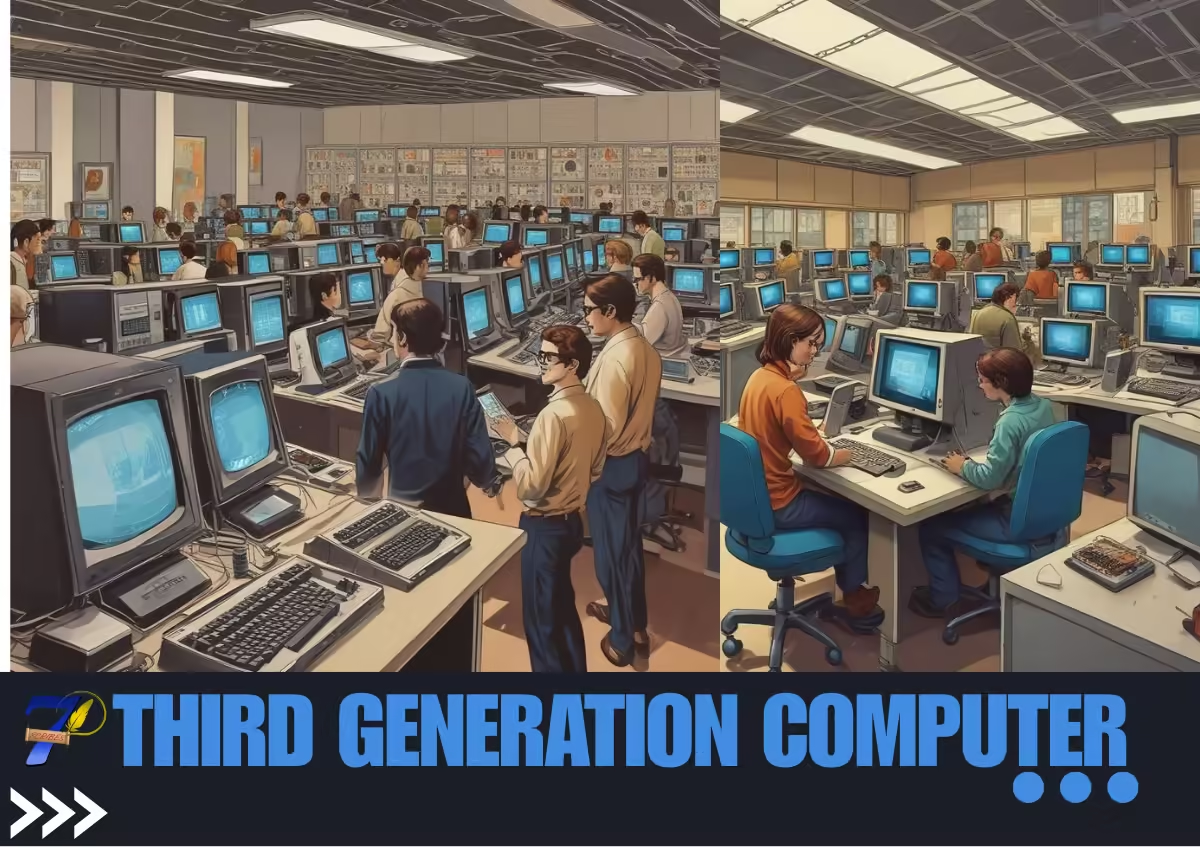
Advantages:
- It significantly reduces the size of the computer.
- It has high processing power.
- It consumes less power.
- It produces less heat (negligible).
- It increases the reliability of computers.
- It increased the overall performance of computers.
Disadvantages:
- Its production cost is relatively high because the latest technology is required to develop the IC chip.
- It has still limited compatibility.
Examples:
- IBM 360: A family of mainframe computers that were widely used by businesses and government organizations.
- PDP-8: A popular minicomputer that was used in various applications, including scientific research, industrial control, and education.
The Fourth Generation: (1970s-Present)
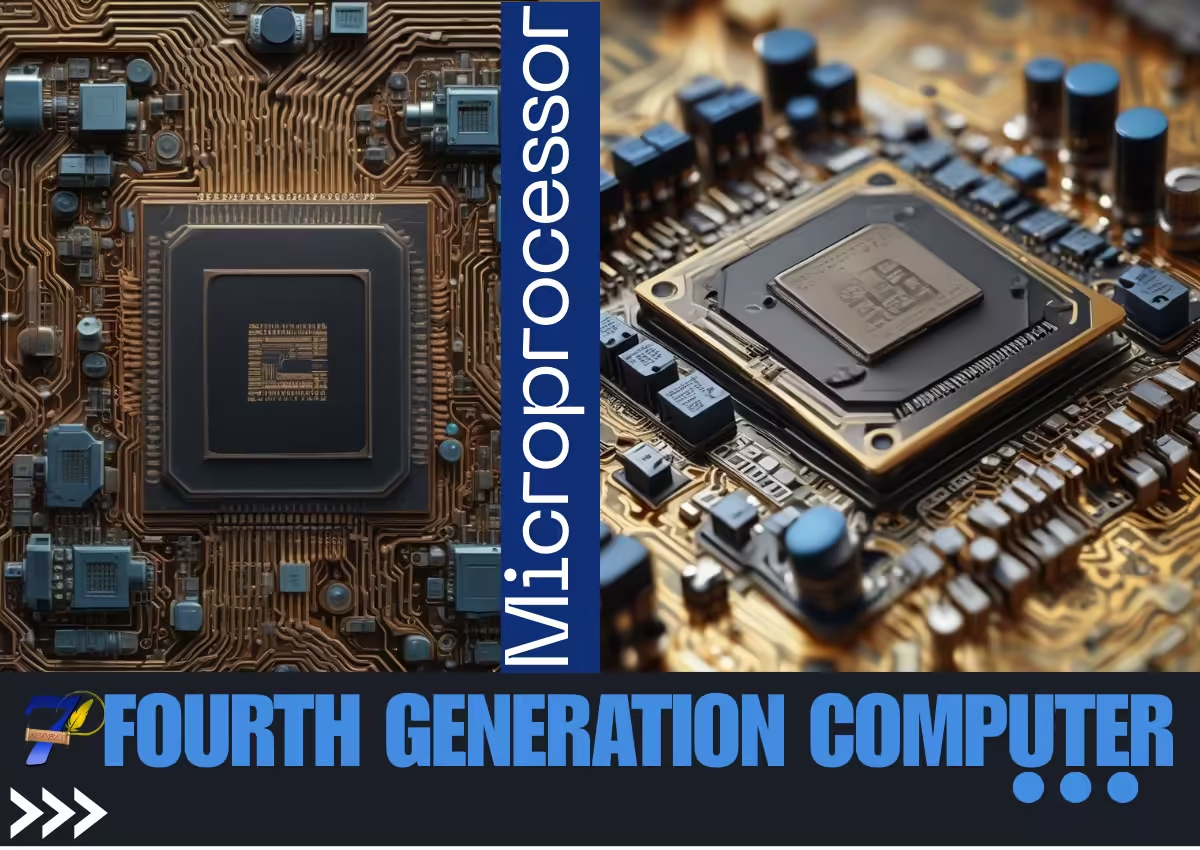
The fourth generation of computers started with the development of the microprocessor. It integrated all components of a computer’s central processing unit on a single chip. Microprocessors revolutionized computing, enabling the personal computer.
Advantages:
- The development of microprocessors leads to a significant increase in computing power and performance.
- It is smaller in size and in more compact form.
- It consumes very little power.
- The cost of computers decreased, making them more accessible to individuals and businesses.
- It is reliable.
- It has a large capacity memory of more than gigabytes.
- It supports a graphical user interface that makes the computer more user-friendly.
Example:
- Intel 4004: The first commercial microprocessor, the Intel 4004, was used in calculators.
- Intel 8080 and 8086: These microprocessors were used in early personal computers, such as the Altair 8800 and the IBM PC.
The Fifth Generation: Artificial Intelligence and Beyond (Present and Future)
the fifth generation of computers based on artificial intelligence and virtual reality. It supports parallel processing. Parallel processing refers to the use of multiple processors to perform a task simultaneously and efficiently. It leads to significant processing power and speed. Scientists are trying to develop a machine that is capable of understanding human languages rather than writing in programming languages like machine language and assembly language, etc., making complex decisions and problem-solving.
- Supercomputers: powerful computers used for scientific research, weather forecasting, and other demanding tasks.
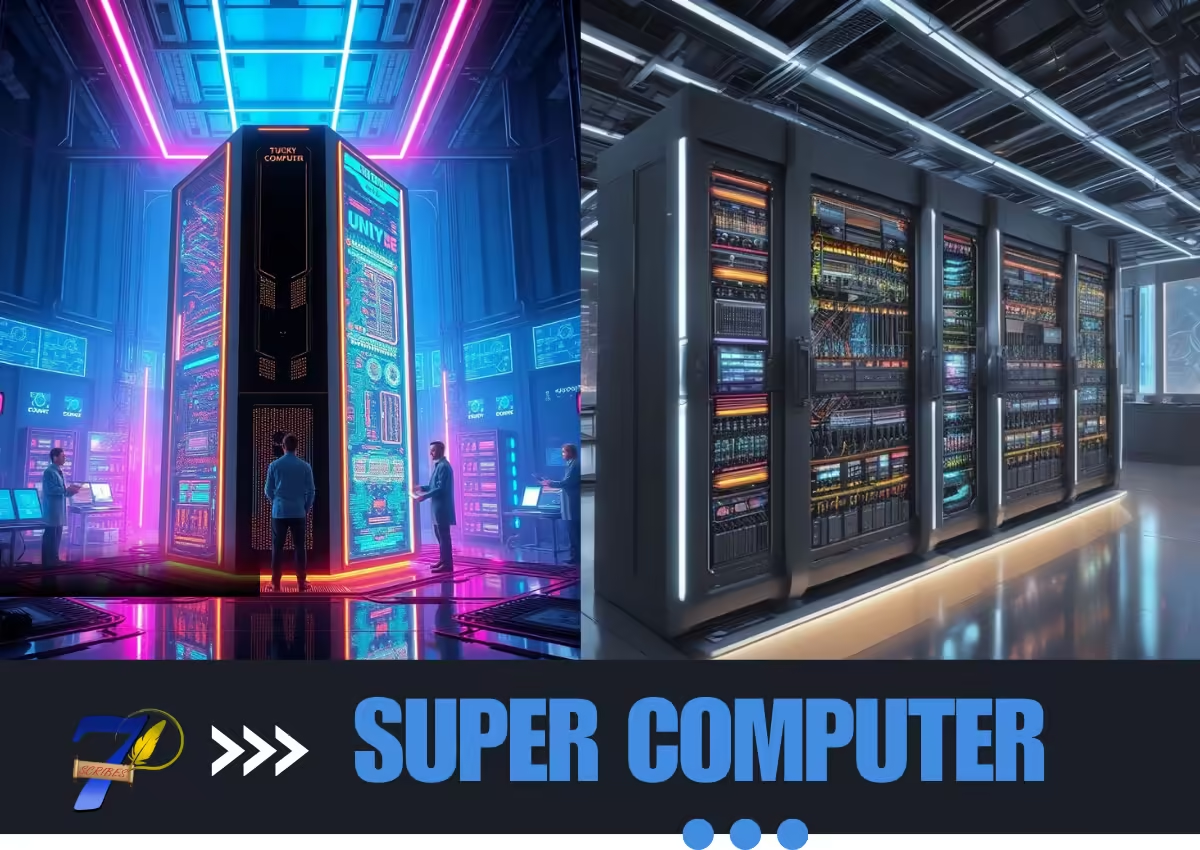
- AI-powered devices: Smart devices, such as smartphones, smart speakers, and self-driving cars, rely on AI to perform complex tasks.
- Cloud Computing: Cloud computing technology allows remote access to workstations. It allows the storage of data on the data servers and can be accessed remotely. It makes daily work easy by free spacing and free from the burden of taking storage devices everywhere.
- Quantum Computing: The world is spending work on nanotechnology, quantum computing, and advanced artificial intelligence.
For example:
ChatGPT, IoT devices, etc.

